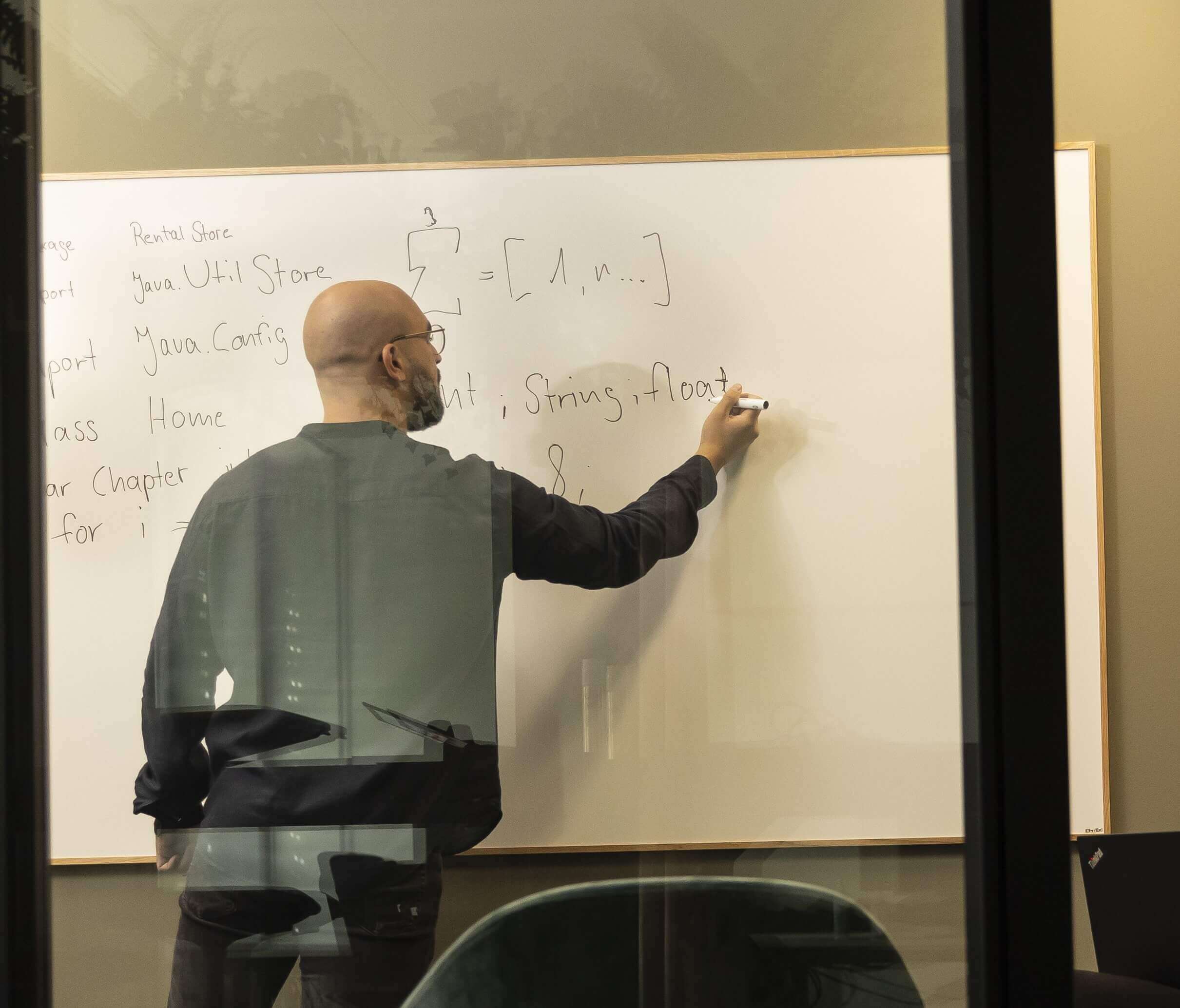- Veröffentlichung:
21.09.2023 - Lesezeit: 4 Minuten
Requirements engineering for a utility software
Industry: Energy supplier | Period: 18 months
In today’s BANI world, where confusion is the norm and change explodes like popcorn in a microwave, responsible, holistic and comprehensive requirements engineering is becoming the cornerstone of IT projects. Requirements engineering enables the selection of a suitable IT architecture and a suitable service provider for the specific need. It also provides support for the make-or-buy decision based on the defined requirements.
This high relevance of requirements engineering is particularly evident in our current project at an energy supply company. The aim was to replace existing isolated solutions, set up a stringent master data management system and integrate it into the existing software and service landscape. This project has shown that the requirements go far beyond pure requirements engineering and the creation of user stories.

- Complex and long-established ACTUAL processes: Their replacement is made difficult by a multitude of manual process steps, interface problems and an evolved system landscape. The processes to date have been through a variety of channels, including emails, paper documents, and face-to-face meetings.
- Many departments and energy sectors affected: The process begins with the initial contact with the customer and covers the entire process from network connection planning and construction to commissioning and operation of the metering points. A particular focus here is on compliance with legal requirements such as unbundling as well as the constantly changing requirements in the field of renewable energies.
- Numerous parallel projects (S4/Hana migration, IT transformation): This requires continuous adjustments in terms of schedule and content to ensure a smooth process.
- Challenging environment due to previous failed attempts: The project environment is already strained due to two failed attempts and several restructurings in the project setup, which leads to uncertainties.
- Accurate disclosure of processes: The process diagrams from the previous trials will be thoroughly revised, both in terms of their accuracy and the surrounding systems involved.
- Transparency in goal setting and communication: The target processes are closely coordinated with the affected departments and systems. This ensures a lean approach involving all users and responsible parties involved.
- Inclusion of the specialist departments: The formation of tandems of requirements engineers and business experts makes it possible to involve key users at an early stage and to use their expertise directly. The resulting software is developed with and for the users from the very beginning.
- Story mapping as a common roadmap: Building a holistic view of the project and structuring it by function creates a common understanding among the team and stakeholders involved.
- Make it: Achieve a valid make decision based on a comprehensive requirements engineering process involving all stakeholders.
- Value-added development: We develop a transparent target process that the end users have helped to shape. The clear goal is to create business value.
- Agile into the future: The choice falls on a modular, quickly adaptable low-code platform (OutSystems) and the establishment of a cross-functional team. This ensures rapid responsiveness to future legal requirements and technical necessities.
Are you facing a similar challenge and would like to discuss it with our experts without obligation? Then get in touch with us today.


